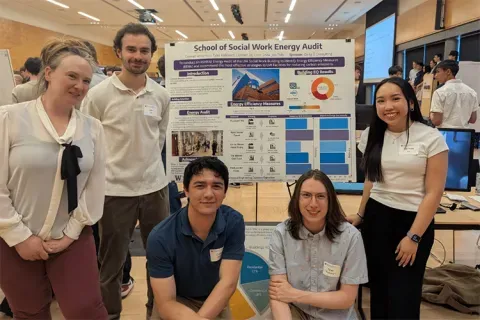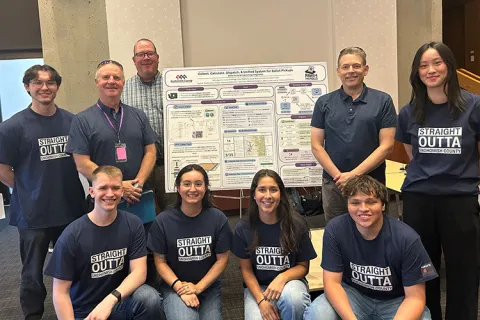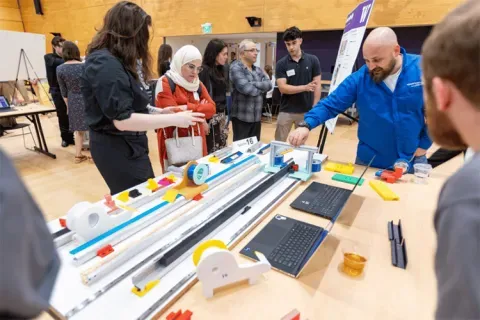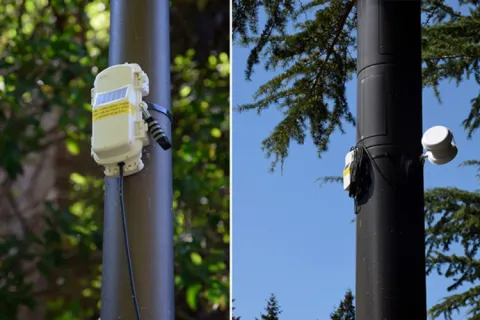Fluke
Magnetic Flux Correlation
This student team will work to improve the accuracy and reduce the cost of sensing electric current by characterizing magnetic pathways in real time using capacitance. This student team will work to involve correlating and characterizing physical gaps in electrically and magnetically conductive materials, where a gap in an electrically conductive material results in capacitance and a gap in a magnetically conductive material results in an air gap in the magnetic circuit. This student team will work to achieve these results through simulation, planning, designing and building a prototype system, performing experiments, and correlating electrical capacitance to magnetic circuit impacts. The student team will work to simulate magnetic flux and electrical capacitance. They will need materials that have high magnetic permeability (permalloy, mu-metal, Si steel, or similar) as well as magnetic flux sensors. The student team will also work to utilize electrical circuit components and circuit prototyping materials as well as work to develop a method for accurately measuring capacitance or changes in capacitance. The student team will work to develop a test structure (made of the materials listed above), which will likely require small precise positioning or assembly to create and maintain air gaps for experimentation. For this structure, the students could work to conduct 3D printing or to create a consistent setup with other non-conductive materials. The outcomes this student team will work to accomplish is a simulation model of the correlation of a magnetic air gap to an electrical capacitive spacing, as well as a graph or family of graphs relating magnetic air gap to capacitance. The student team will also work to provide a comparison of the simulation to experimental results, and will work to provide a listing and discussion of the variables that were found to affect the relationship, as well as a physical test setup and brief report summarizing findings.
Faculty Adviser(s)
Tai-Chang Chen, Electrical & Computer Engineering
Related News

Mon, 10/13/2025 | UW Mechanical Engineering
Capstone collaboration leads to award
An ME capstone team received first place for its energy audit of the UW School of Social Work building.

Thu, 07/17/2025
UW engineering students develop smart ballot solution
UW engineering students develop smart technology solution to improve ballot collection for Snohomish County.

Mon, 07/07/2025 | UW Mechanical Engineering
Capstone creations
Students displayed innovative capstone design projects at the 2025 expo.

Fri, 09/20/2024 | UW Civil & Environmental Engineering
Smarter irrigation for a greener UW
A new project combines satellite data with ground sensors to conserve water and create a more sustainable campus environment.